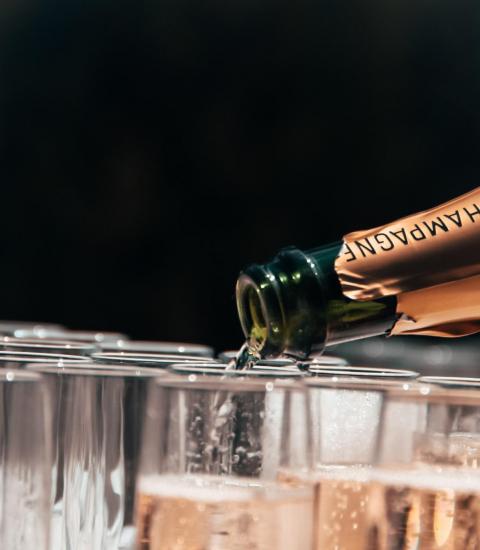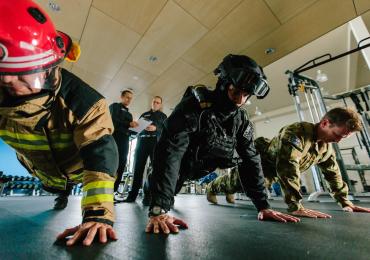
It’s December already and the festive season is upon us. For many of us, this means end of year parties, lots of food, drink and yes – bubbly.
We’ve all been told not to shake a bottle of sparkling wine and then point it at someone. Is it just an urban myth? Or can champagne corks actually injure?
Some sobering statistics
Eye injuries from popping corks are not an everyday occurrence – but they aren’t rare, either.
- In a report from Moorefields Eye Hospital in London in 1967, there were 8 champagne-cork type injuries over a 4 year period.1
- A retrospective analysis of injury databases in the United States (1982-1999) and in Hungary (1989-1995) revealed 6 injuries and 37 injuries respectively from champagne bottle corks.2
- Cavallini and co-authors report 34 cases of eye injuries from bottle corks admitted to the Ophthalmology Institute of Modena, Italy, between January 1999 and September 2007.3
Those injured aren’t necessarily more (or less) experienced bottle-openers. In the Moorefield Eye Hospital study, there were equal numbers of professional wait-staff and non-professionals who suffered eye injuries.1 Bystanders are also at risk.2 Archer and Galloway observed that the left eye was more likely to be injured, and speculate that this is due to how the bottle is held by a right-handed person when it is opened.1
How fast does a cork leave the bottle?
This depends on the temperature of the bottle.
The cork velocity is determined by the partial pressure of gaseous carbon dioxide in the neck of the bottle: the higher the champagne temperature, the higher the cork velocity4. There are estimates that this can be as high as 45 feet per second1 – or 54 kilometres per hour. That doesn’t leave very much time to blink your eye or move your head from an oncoming cork!
Interestingly, only about 5% of the energy build-up within the bottle causes the cork to pop at a great velocity. Most of the energy is converted to sound – the “pop” of the cork.4
Good news for safely opening a bottle of bubbly this festive season
Instructions for safely opening a bottle of bubbly are sometimes included on the bottle itself. There are also detailed instructions published by organisations such as the Comite Champagne.5 In summary:
- Chill sparkling wines before opening. Apart from tasting better, reducing the temperature reduces the pressure inside the bottle.
- Don’t shake the bottle prior to opening.
- Don’t point the bottle at yourself or at others (it’s better to tilt the bottle away from yourself and other people).
- Rotate the bottle as you release the cork. This helps the cork to slide out of the bottle.5
- Put your hand over the cork as you release the pressure. Alternatively, wrap a towel over the bottle as you release the cork.
- Pour bubbly into glass, pat yourself on the back for getting through the year and enjoy the festive season.
References
- Archer D, Galloway N. Champagne-cork injury to the eye. The Lancet. 1967(September 2):487-489.
- Kuhn F, Mester V, Morris R, Dalma J. Serious eye injuries caused by bottles containing carbonated drinks. British Journal of Ophthalmology. 2004;88:69-71.
- Cavallini G, Martini A, Campi L, Forlini M. Bottle cork and cap injury to the eye: a review of 34 cases. Graefe's Arch Clin Exp Opthalmol. 2009;247:445-450.
- Liger-Belair G, Bourget M, Cilindre C, Pron H, Polidori G. Champagne cork popping revisited through high-speed infrared imaging: The role of temperature. Journal of Food Engineering. 2013;116:78-85.
- Champagne. C. How to open a bottle of Champagne the right way. https://www.champagne.fr/en/tasting-and-appreciation/art-of-serving-champagne/opening-a-bottle-of-champagne. Accessed 25th October 2019.



